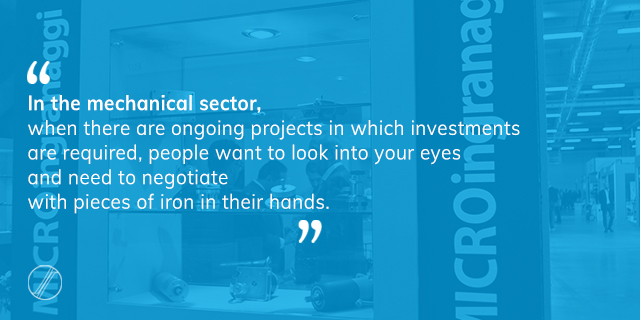Most manufacturing industries in our country (and abroad) today tend to minimise inventories and this ends up having significant repercussions on the entire production chain. What should be the right balance? And above all, are there solutions to remedy this situation?
Meanwhile it should be said that there are various reasons why to decide not to hold stock.
Starting from the fact, for example, that marginalities have changed, an evolving trend that began even before the crisis and that is leading to the presence of ever lower sales margins. In other words: today’s products must have an increasingly high quality, but – at the same time – must decrease production costs. It goes without saying that the warehouse, being an important item in the composition of realisation costs, is one of the elements that companies have been addressing.
As I wrote in a post some time ago, furthermore, the average lifecycle of the final product (whatever, or nearly, it is) has significantly decreased (planned obsolescence). As a result it is becoming difficult to hold large inventories of the relevant components because when such a product becomes obsolete, its components are unusable which means that they were produced unnecessarily. Once created, in fact, it is difficult to vary an item: making changes in most cases would cost more than creating such a product from scratch.
Fourth reason: stock has a cost even only for the space it occupies on the ground. A matter that primarily refers to companies who rent an area dedicated to storage space.
A warehouse, finally, must be inventoried, maintained, controlled, synchronised with the company management system and so on. Personnel are also needed to handle it. Personnel who have a cost, which – especially in view of containing production costs – must be taken into consideration.
For all these reasons (and probably many others), companies tend to keep more compact warehouses. However, there is a problem.
Not having inventory means prolonging production times and thus those of delivery.
This problem is difficult to reconcile with another problem: the sales departments of customer companies are more or less all in agreement that their visibility on sales is usually a few weeks and therefore they cannot take excessive risks with suppliers.
In this way, however, we manufacturers offer on average between 40 and 60 days of lead time to create an item, which is quite a frustrating timescale.
What is the solution? Someone – in the production chain – must necessarily create an inventory and must do so wisely.
But how?
At MICROingranaggi for example, we are proposing supply contracts, which are being well-received by many customers who – keeping track of the history of sales – have valid elements to create forecasts and are deciding to venture out on lead times.
Therefore the customer agrees to purchase a certain amount of material within a certain time. This is not however an exact date but a prospective one – usually monthly or quarterly – which coincides with what the visibility of the material is. It is then up to the skill of the production and purchasing departments to best manage that task in order to minimise construction costs, given certain initial conditions agreed with the customer (when to buy the raw material, how and when to carry out each processing phase, and so on…).
But what does the customer gain by signing a supply contract? Undoubtedly shorter delivery times. And of course lower costs (prices frozen at the time of signing and economies of scale).





